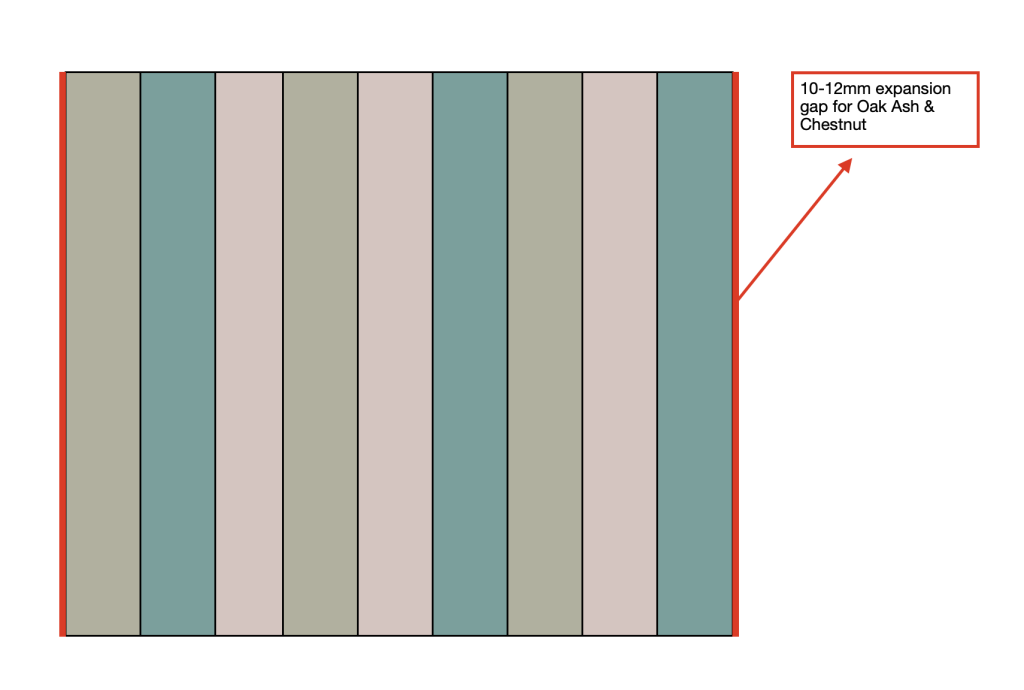
Coppice & Crown are here to help with your installation questions on expansion gaps…..
When fitting your British solid wood flooring, it is important that you leave an expansion gap. You need to leave a gap along the length of the boards in your room, as outlined in red in the diagram to the left, but do not need to leave one at the ends of the boards. This is applicable for Ash, Oak and Chestnut.
In comparison, when fitting Elm wood flooring, it is important to leave an expansion gap along the lengths and ends of the boards. This is because Elm will expand and contract in all directions.
Why do I need to leave an expansion gap?
You need to leave an expansion gap because wood flooring expands and contracts a little throughout the year. We call this seasonal movement and it is completely natural and will occur throughout the lifetime of your hardwood flooring.
Typically in the winter, we warm our homes. When heating air, we increase its capacity to hold more moisture, and so moisture is drawn out from materials that can supply it – wood flooring being one of them. Therefore in summer, when the months are more humid, your boards will pick up a little moisture and expand in size. You need an expansion gap to allow for seasonal movement of the boards.
We have a little more information here when considering underfloor heating too.
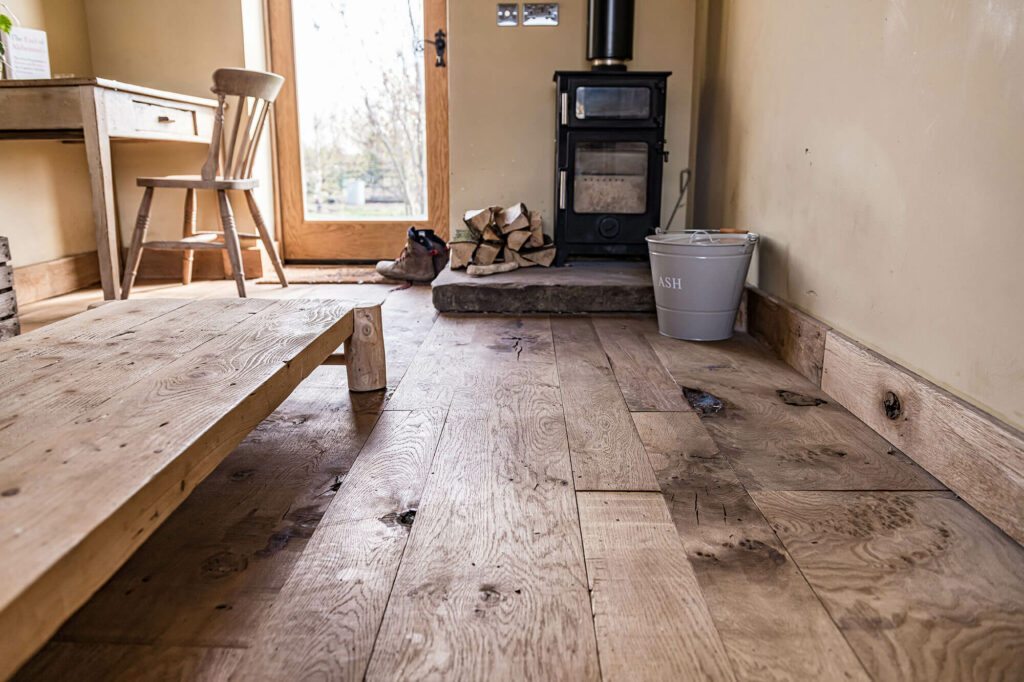
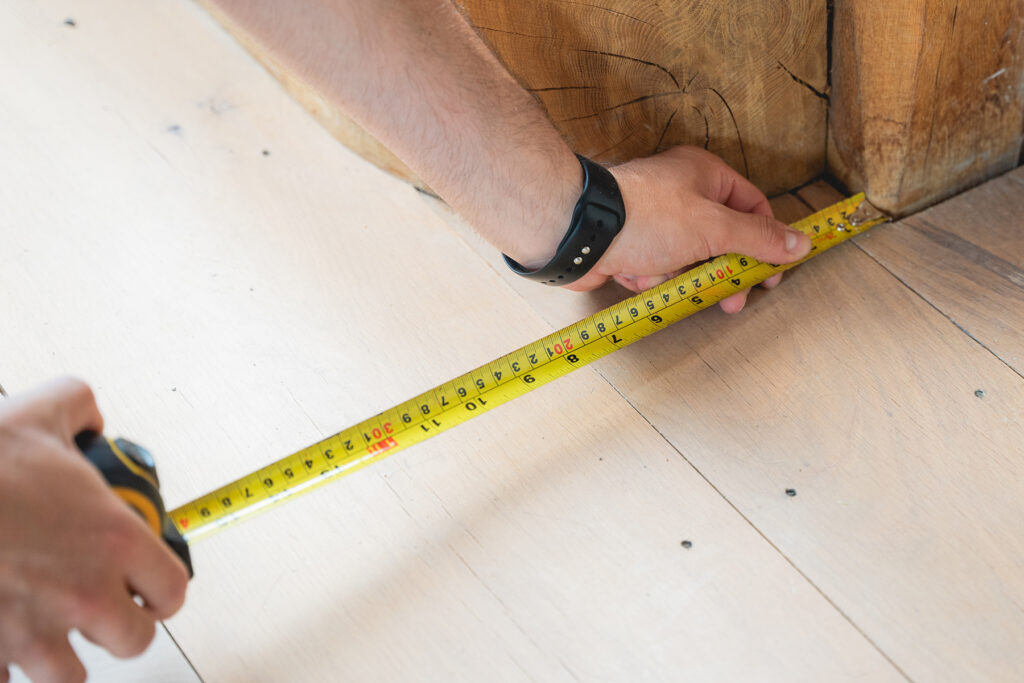
How big should an expansion gap be?
When fitting Oak, Ash or Chestnut hardwood flooring, it is advisable to leave a 10-12mm gap.
This is a common size gap to leave for an average UK home where the humidity and temperature are relatively stable and consistent. If you have bigger fluctuations in your home between summer and winter, you may wish to leave a bigger gap.
If you don’t leave an expansion gap your boards won’t have anywhere to move during these more humid times. Ultimately, without an expansion gap you run this risk of boards popping and your wood floor lifting.
Can I fill the expansion gap?
You can fill your expansion gap with cork. Cork is able to naturally compress without needing to fill another void, so it is the perfect expansion gap filler. You can buy cork strips from stores such as B&Q or Screw Fix. You can use flexible beading to fill an expansion gap, as well as a resin mixed with sawdust.
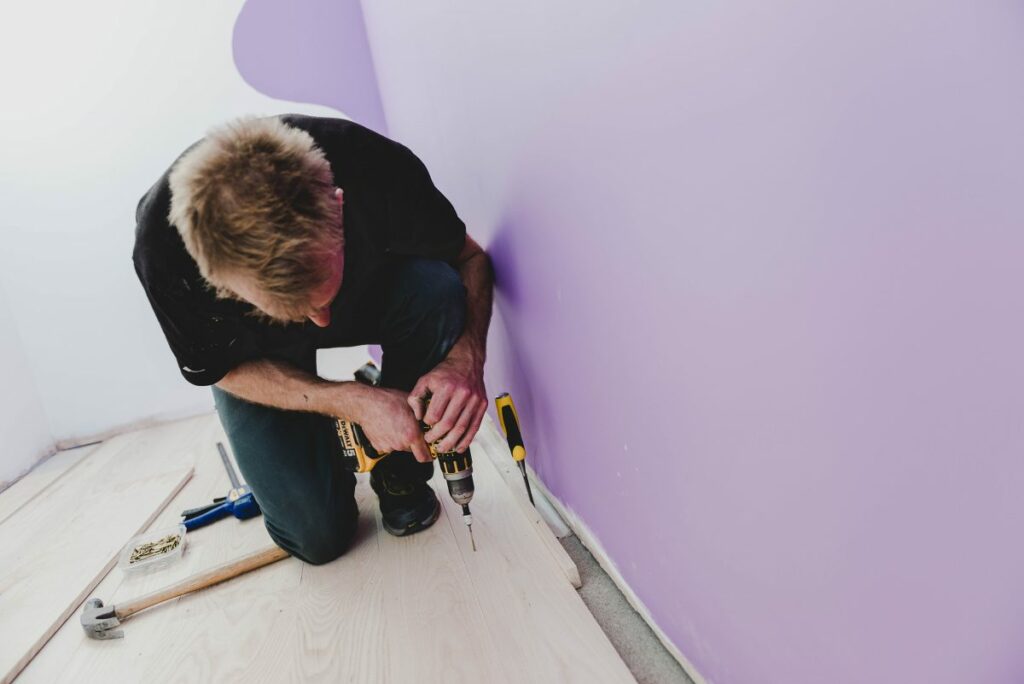
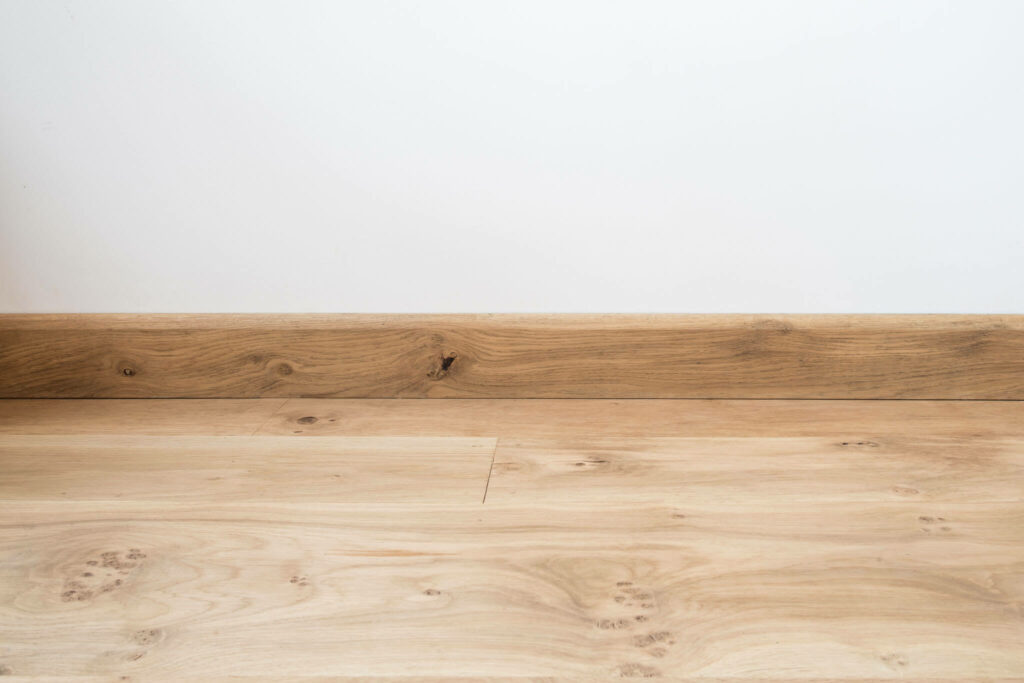
How can I hide an expansion gap?
Skirting boards often hide expansion gaps. You can leave a 10-12mm gap between the boards and your walls and hide the gap with skirting boards on top. We can provide a matching skirting board to your flooring and in a profile that suits your designs. Just let us know if you’d like to add this on when you’re ordering your British wood flooring from us.





